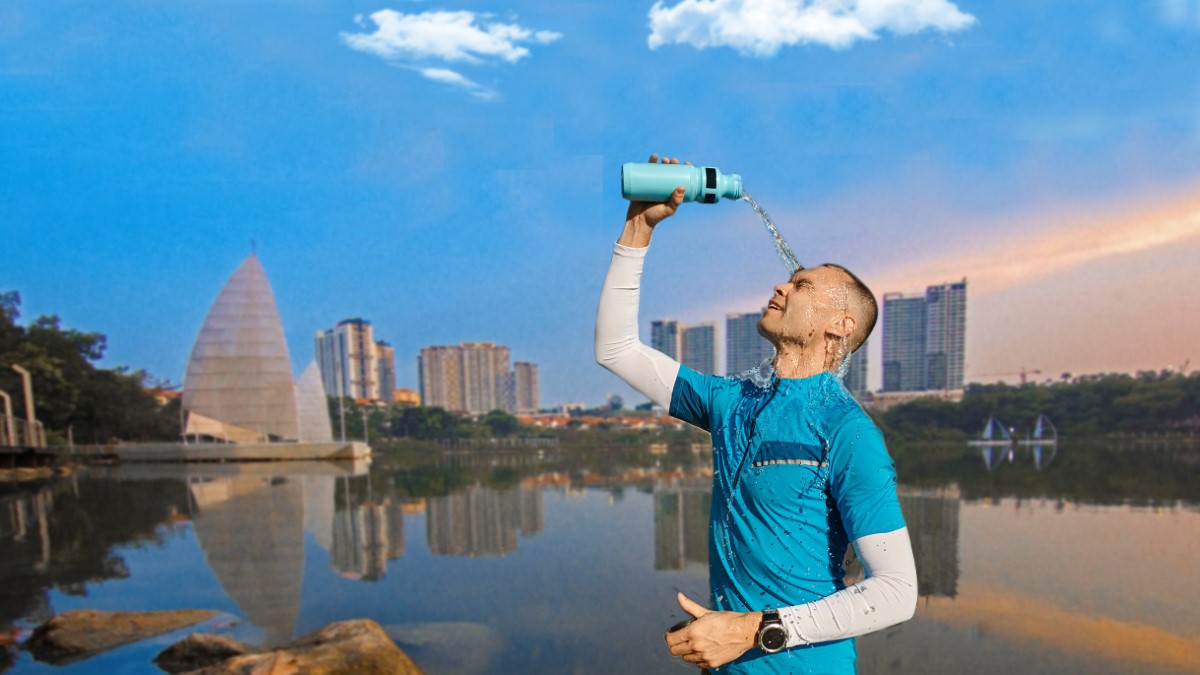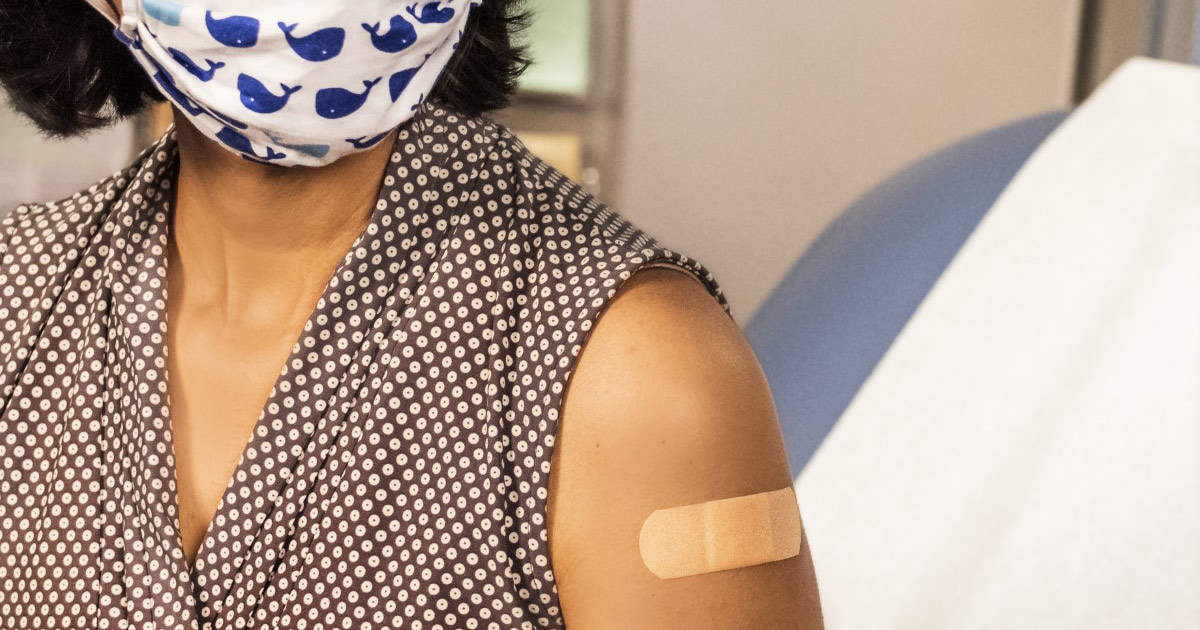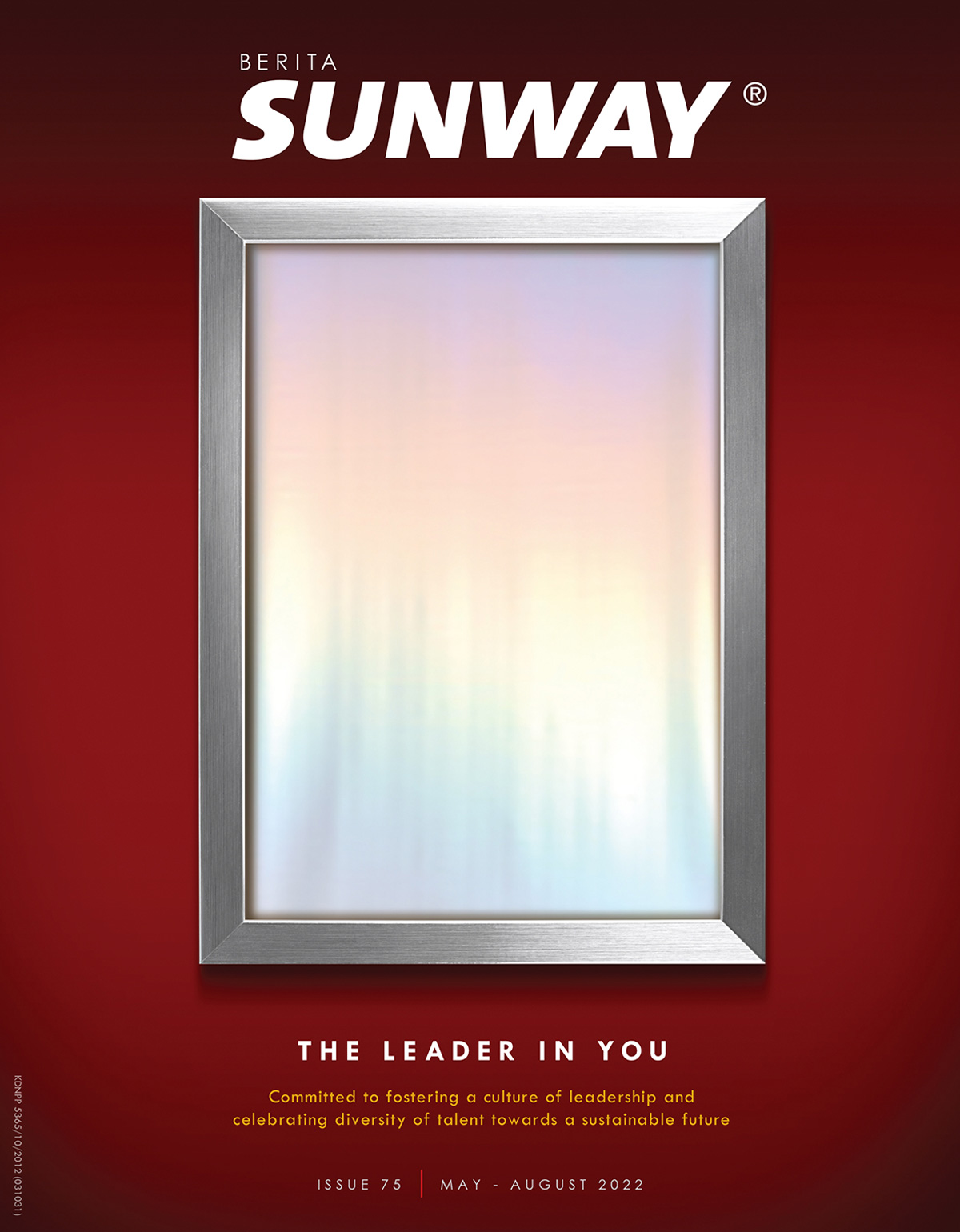How Hot is Too Hot?
-
Things are literally heating up in Malaysia, and the rise in temperatures is causing everyone to dash into air-conditioned areas or guzzle refreshments in their bid to cool down.
-
With warnings of a prolonged heat wave issued by Malaysian Meteorological Department, we speak to a consultant in Sunway Medical Centre on tips to beat the heat.
Malaysians often joke about having two seasons – extreme heat and thunderstorms! Although meant in jest, the recent occurrences of extreme natural phenomena have brought about flash floods and the inevitable heat waves.
Recent reports of children suffering from fatal heat strokes is a sign to take serious steps for our well-being so that we can stay safe! To help us ensure to stay cool amidst such scorching heat, we caught up with Dr. Ong Sik Yong, consultant paediatrician & paediatric gastroenterologist and hepatologist from Sunway Medical Centre (SMC) who shared some practical tips and advice that we can follow.
Identify
How do we distinguish between someone who is merely having a headache from someone who could be suffering from a heat stroke? Dr. Ong shares that the body has its own mechanism that helps to cool it down by sweating but may not suffice at times. “In a hot environment, sweating may not be enough and in some cases, a person’s body temperature rises very rapidly and may lead to damage in the brain or other vital organs,” he says.
According to the Ministry of Health, there are three levels of heat related illness, with each increasing in severity – heat cramps, heat exhaustion and heat stroke.
For each level, these are important signs and symptoms we should look out for:
Heat cramps: muscle cramps and mildly elevated temperature, sweating.

Dizziness, lethargy, headaches and nausea are all signs that a person is experiencing heat exhaustion
Heat exhaustion: symptoms like heat cramps as well as elevated temperatures that do not exceed 40 degrees; nausea, vomiting, headache, lethargy and dizziness; possible orthostatic hypotension (low blood pressure when moving from a lying position to standing).
Heat strokes: symptoms seen in heat exhaustion with temperatures above 40 degrees; neurologic abnormalities such as confusion, delirium, coma or seizures; may or may not sweat.

Dr. Ong stresses that we should take preventive measures to prevent heat strokes from occurring
Act
If you can identify any of these symptoms, act fast as it could save a life.
“For heat cramps, move the person to a cooler place and have them rest in a comfortable position. Lightly stretch the affected muscle and replenish fluids – cool water is enough, and do not give liquids with alcohol or caffeine in them as they can worsen the condition,” Dr. Ong notes.

Cool down with water when needed, and stay indoors as much as you can during peak hours of the day
“For heat exhaustion, move the person to a cooler place and remove or loosen tight clothing and apply cool, wet cloths. If the person is conscious, give them sips of cool water and let them rest. For both heat cramps and heat exhaustion, if the symptoms persist – call for medical help,” Dr. Ong adds.
If the person begins to exhibit signs of heat stroke or even losing consciousness, call for medical help immediately. While waiting, move the person to a cool place and put them in a horizontal position and elevate their legs. Remove any unnecessary clothing items and sponge the person with cool water while fanning them continuously. Monitor the person’s body temperature until it drops to about 38 degrees.
Prevent
In the case of heat related illness, there are a select few groups of people who are more susceptible to them because their bodies are unable to regulate their body temperature on a more optimum level. This includes individuals aged 65 years and above, children below the age of 5, as well as patients with chronic diseases such diabetes, heart conditions, respiratory conditions or individuals under medication.
Individuals whose work require them to be outdoors for majority of their working day, such as construction workers, traffic controllers, farmers, fishermen or even those who walk daily to commute will also be at higher risk.

Prevent heatstroke by wearing proper attire, protective clothing and always hydrate!
“Remember to keep cool and drink plenty of fluids, replace salts and minerals, wear appropriate clothing and sunscreen and pace yourself. Stay cool indoors, schedule outdoor activities carefully and monitor those at risk.
“During a heatwave, aim to keep your living space cool. Check the room temperature between 8 am and 10am, at 1pm and again after 10pm. Ideally, the room temperature should be kept below 32 degrees during the day, and 24 degrees at night – this is especially important for infants or adults over the age of 60 who have chronic conditions,” he shares.
To sum it up, we must be quick to Identify, Act and Prevent these heat-related illnesses as soon as we can, so we do not reach a boiling point during these sweltering months. In these times, be cool, keep cool and stay cool!




































